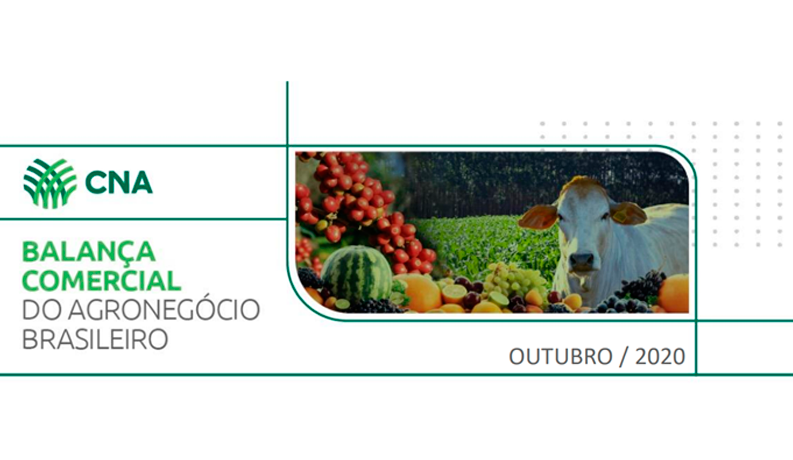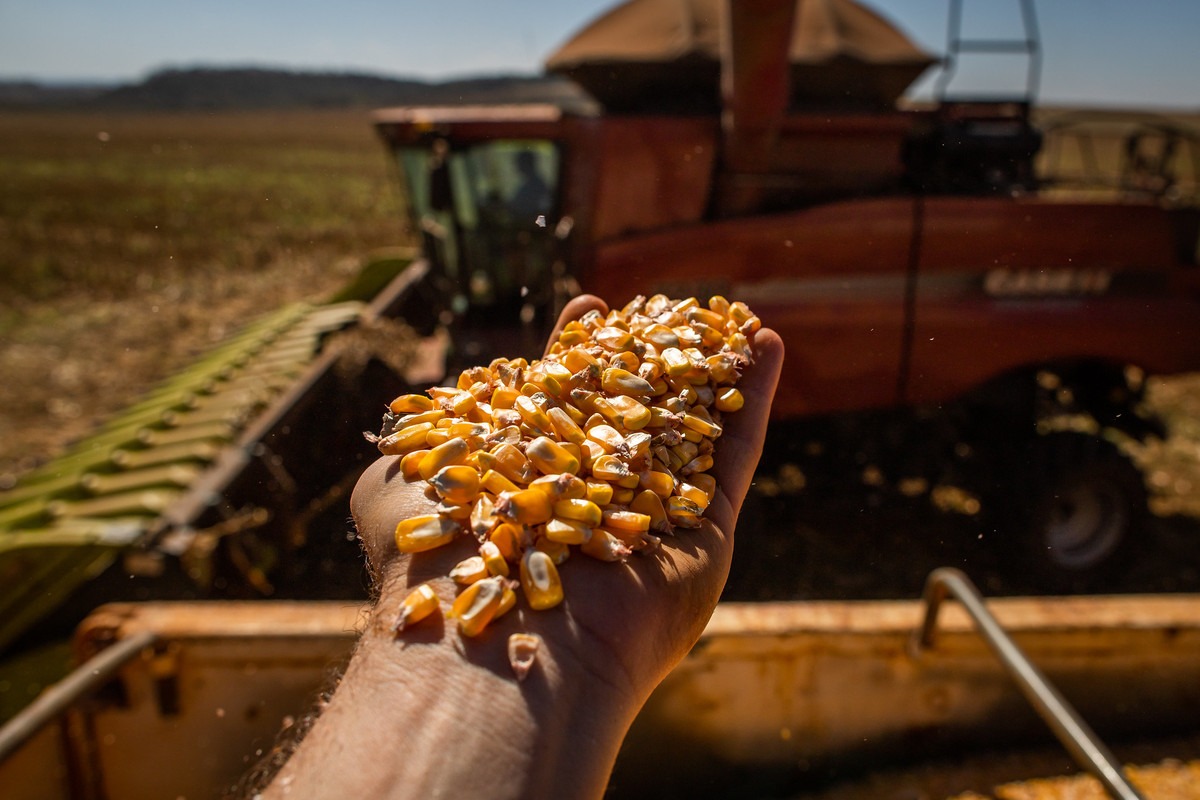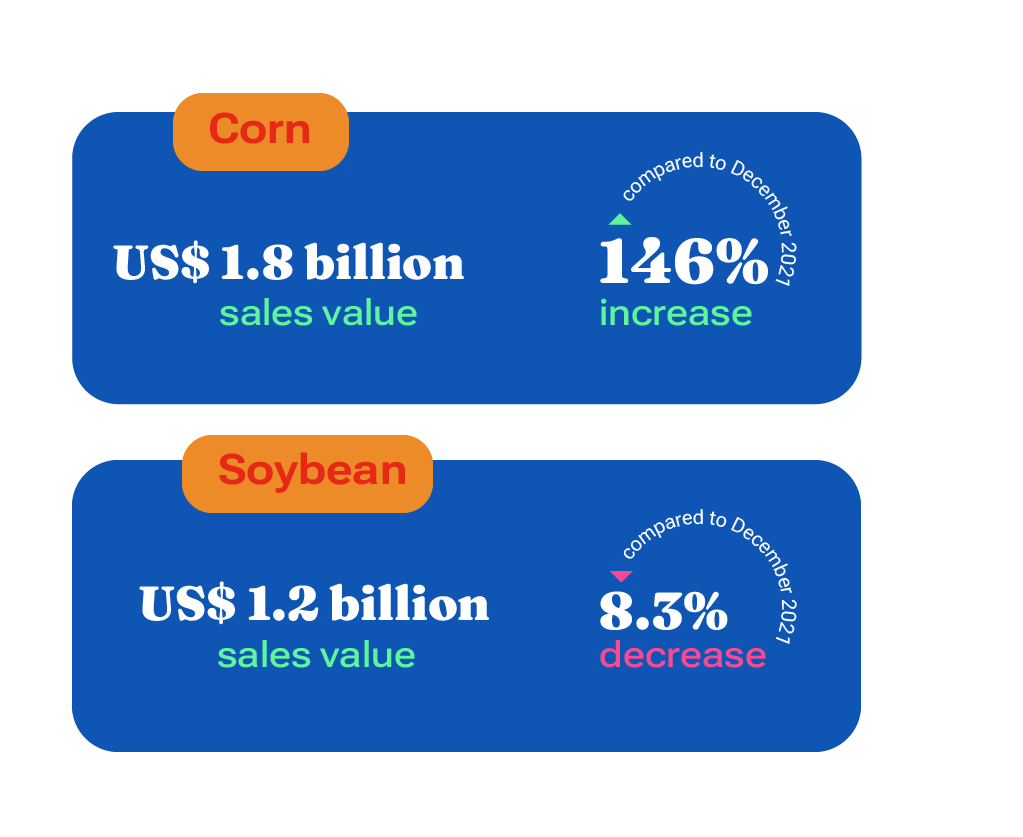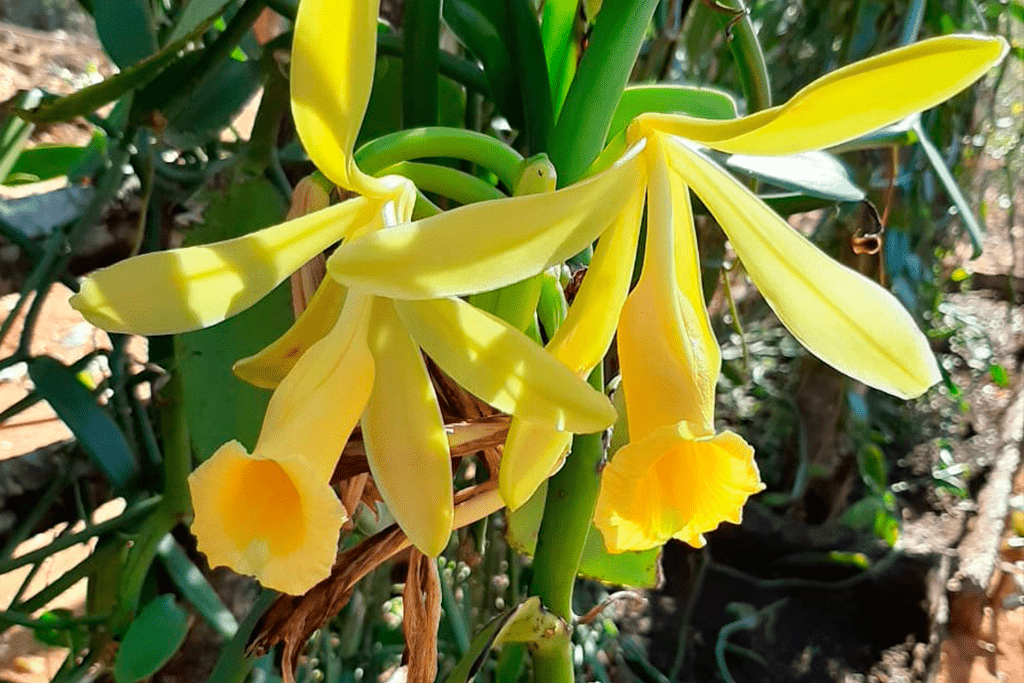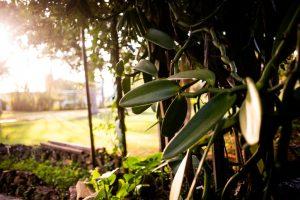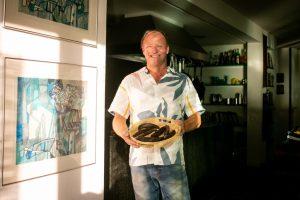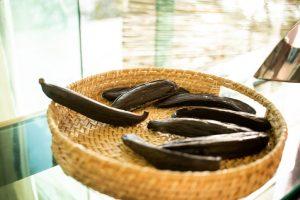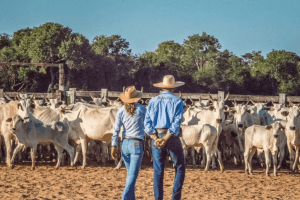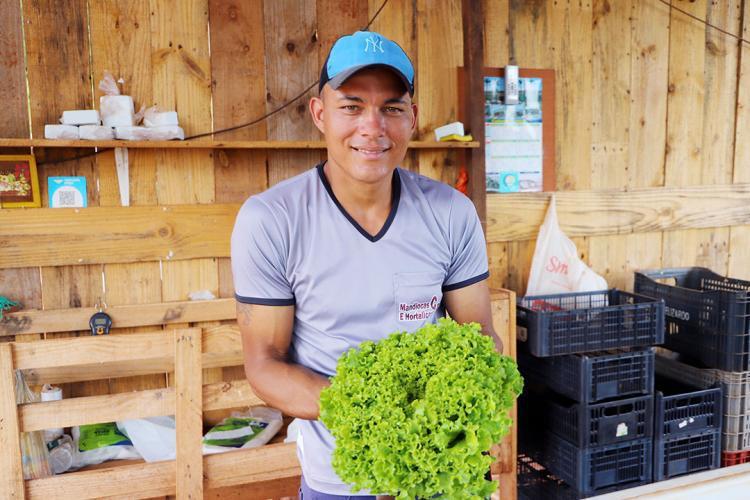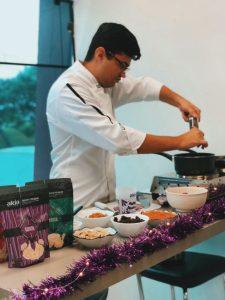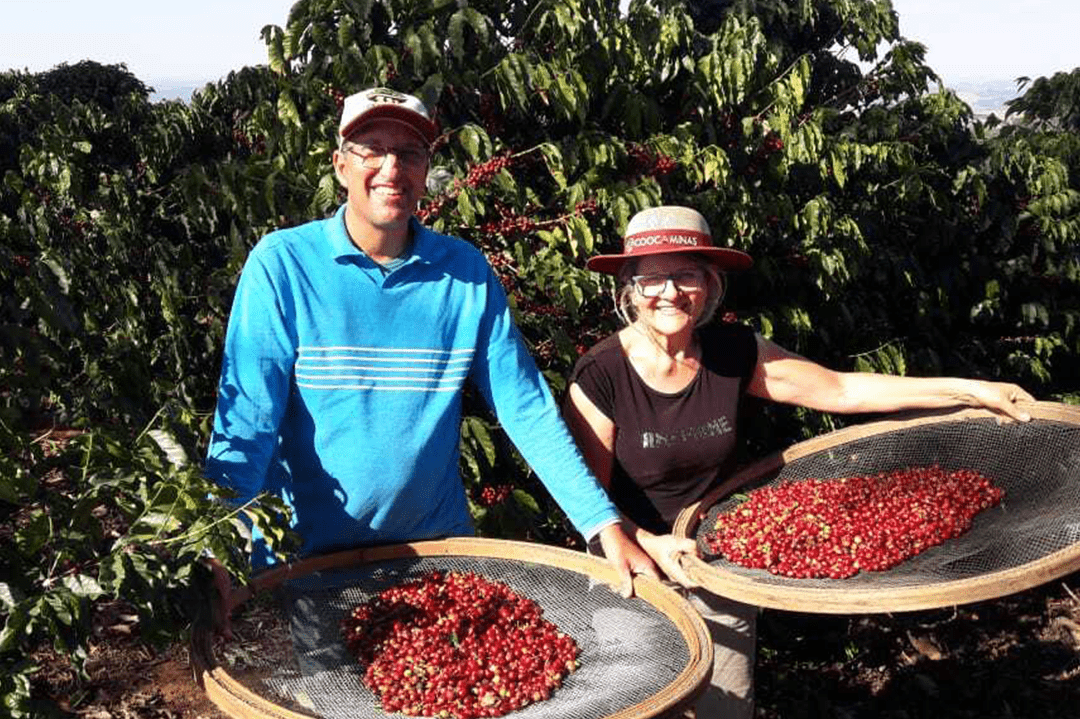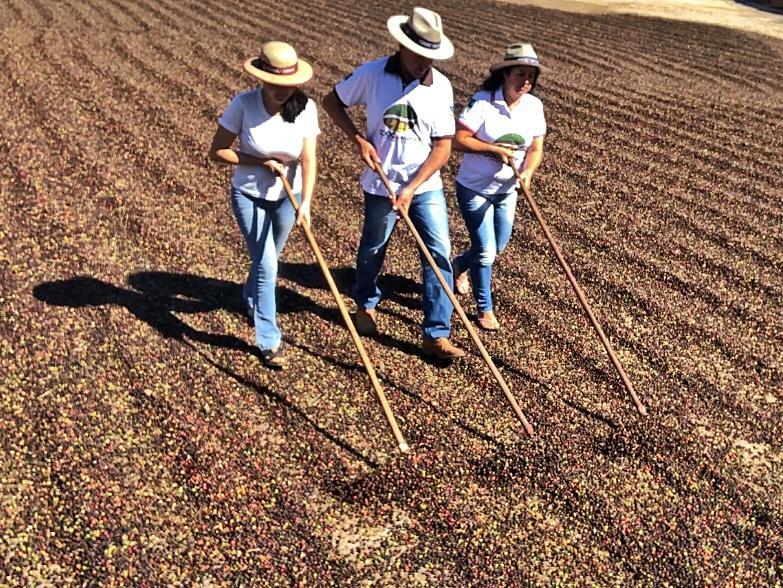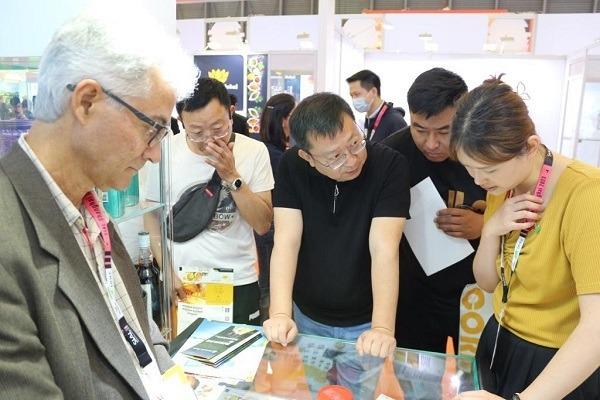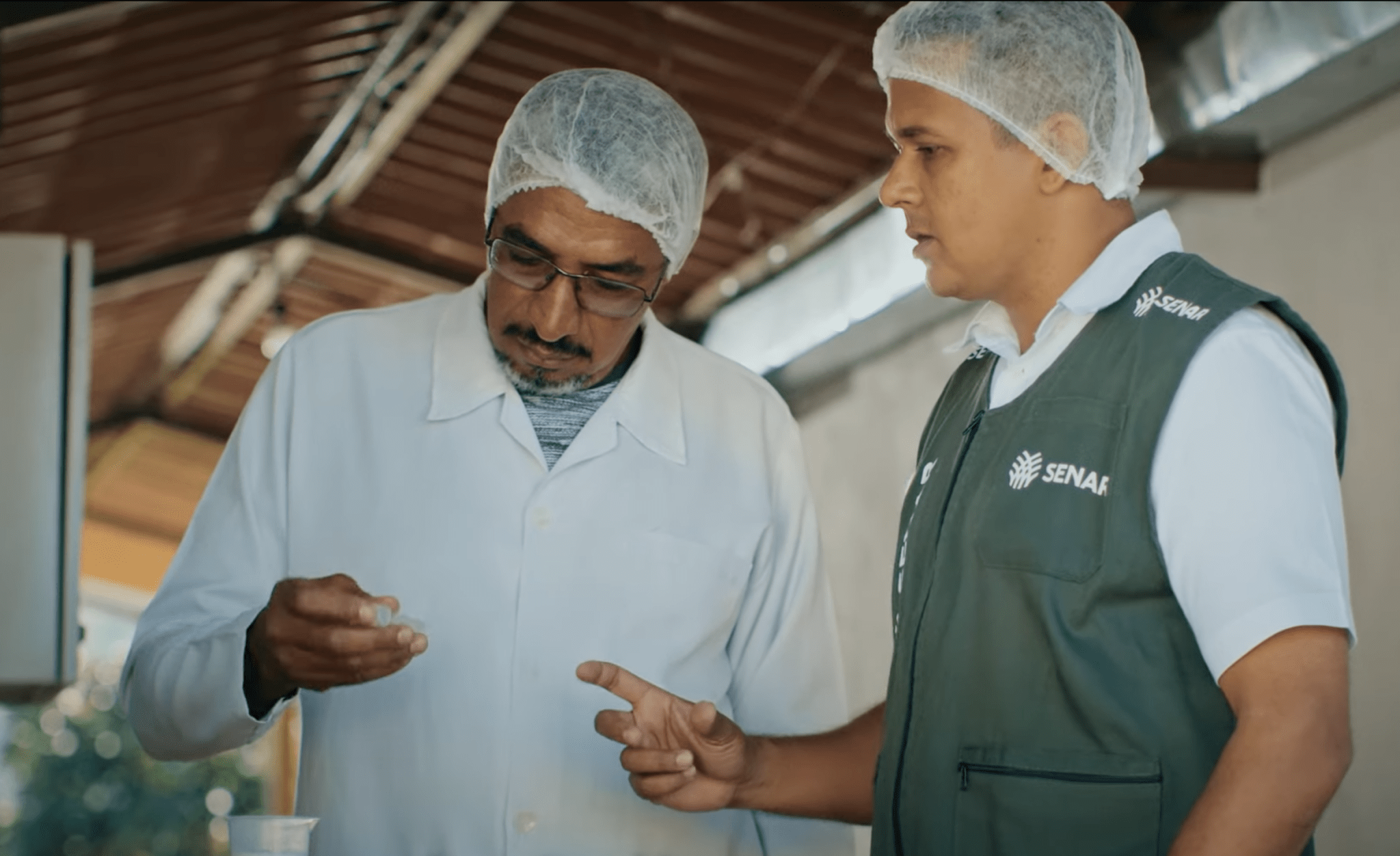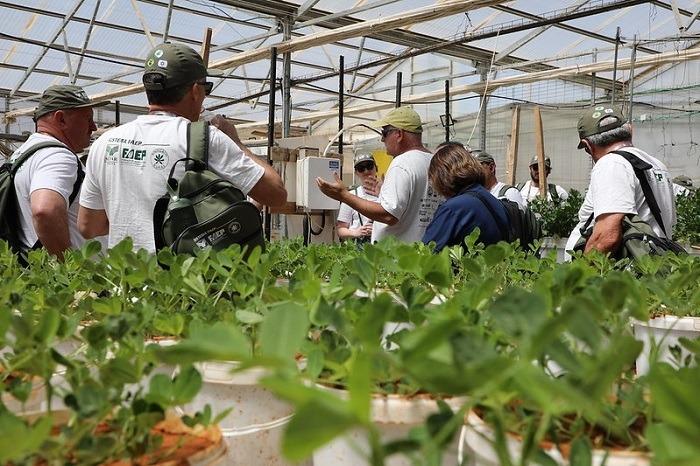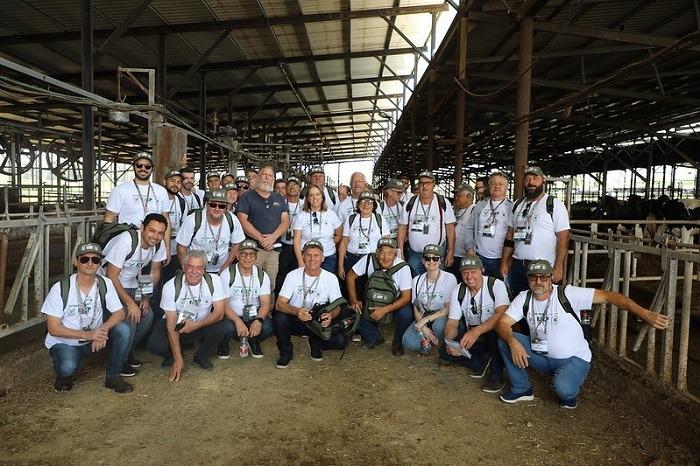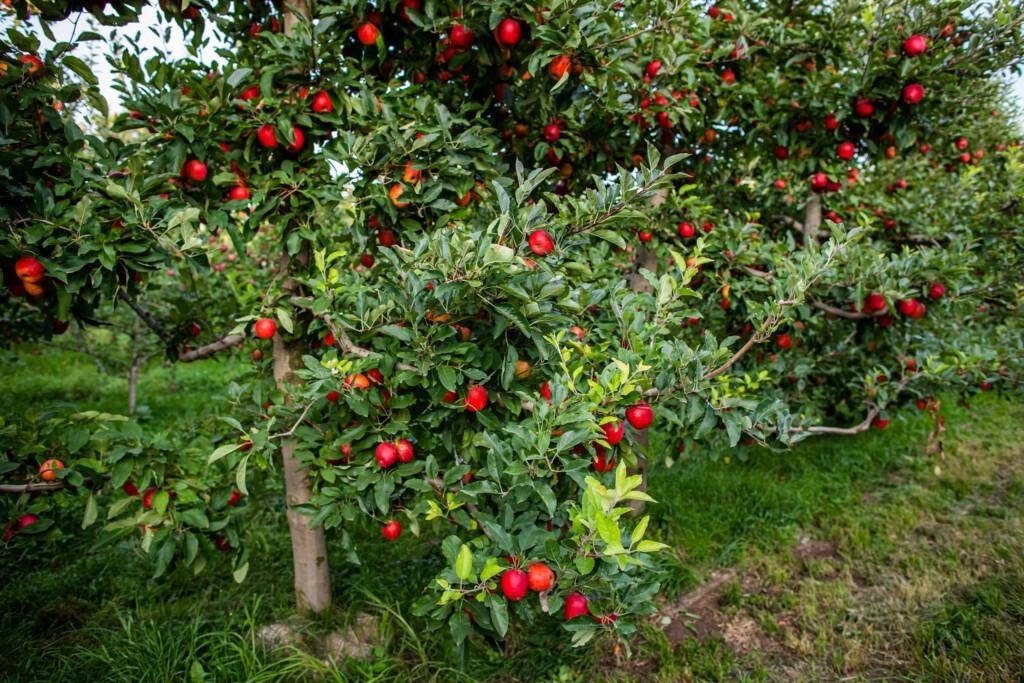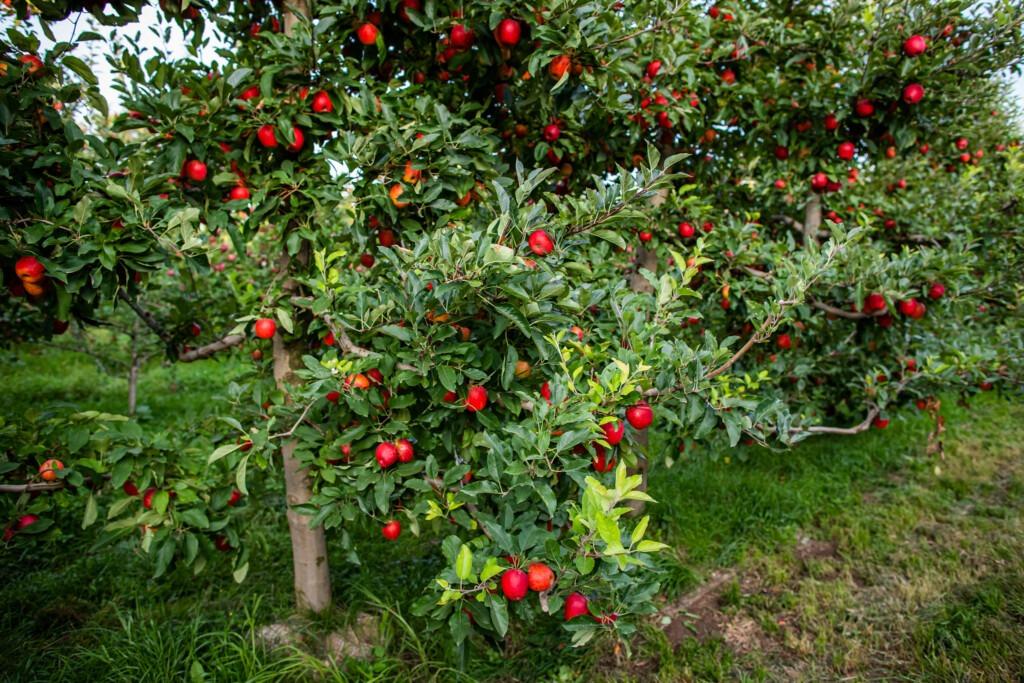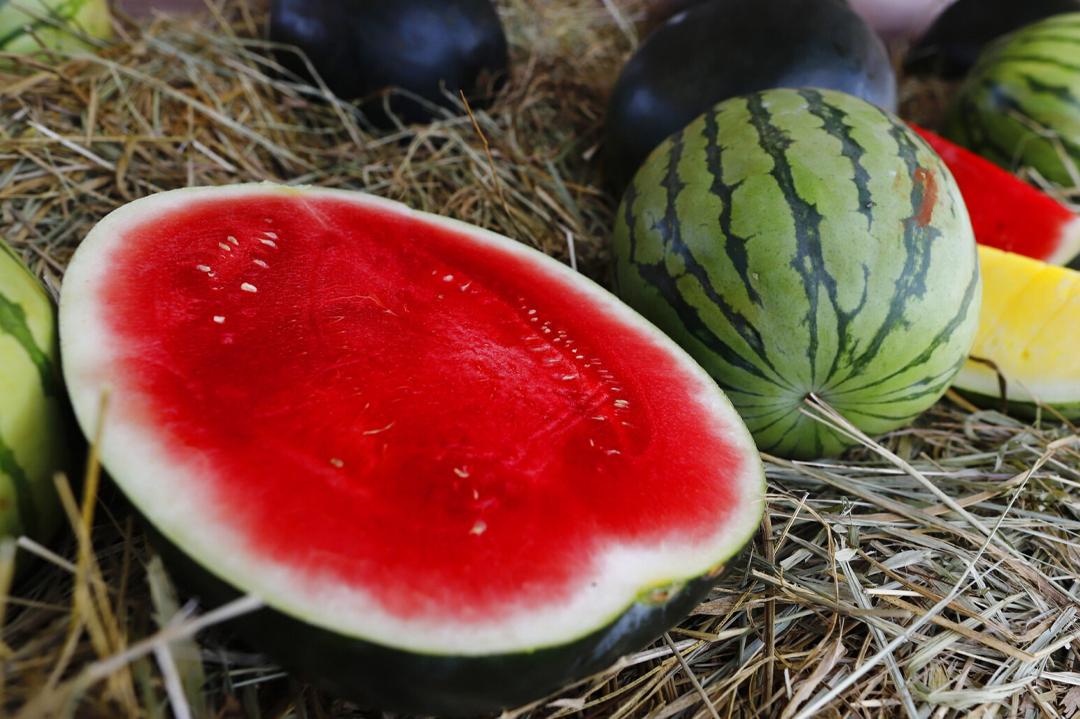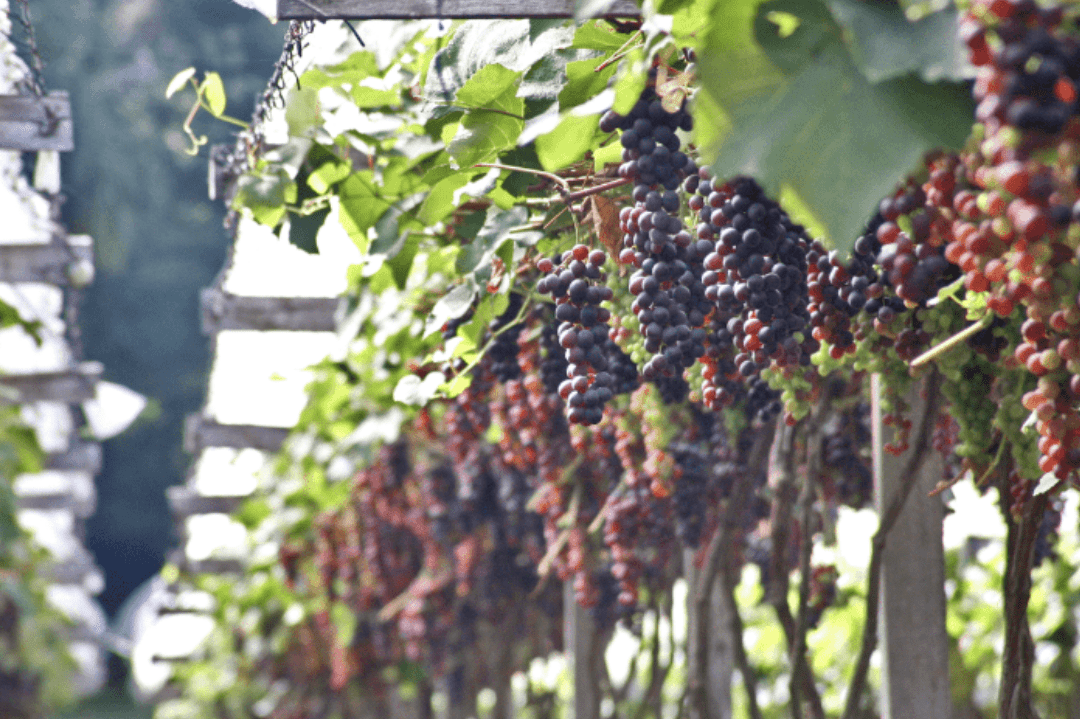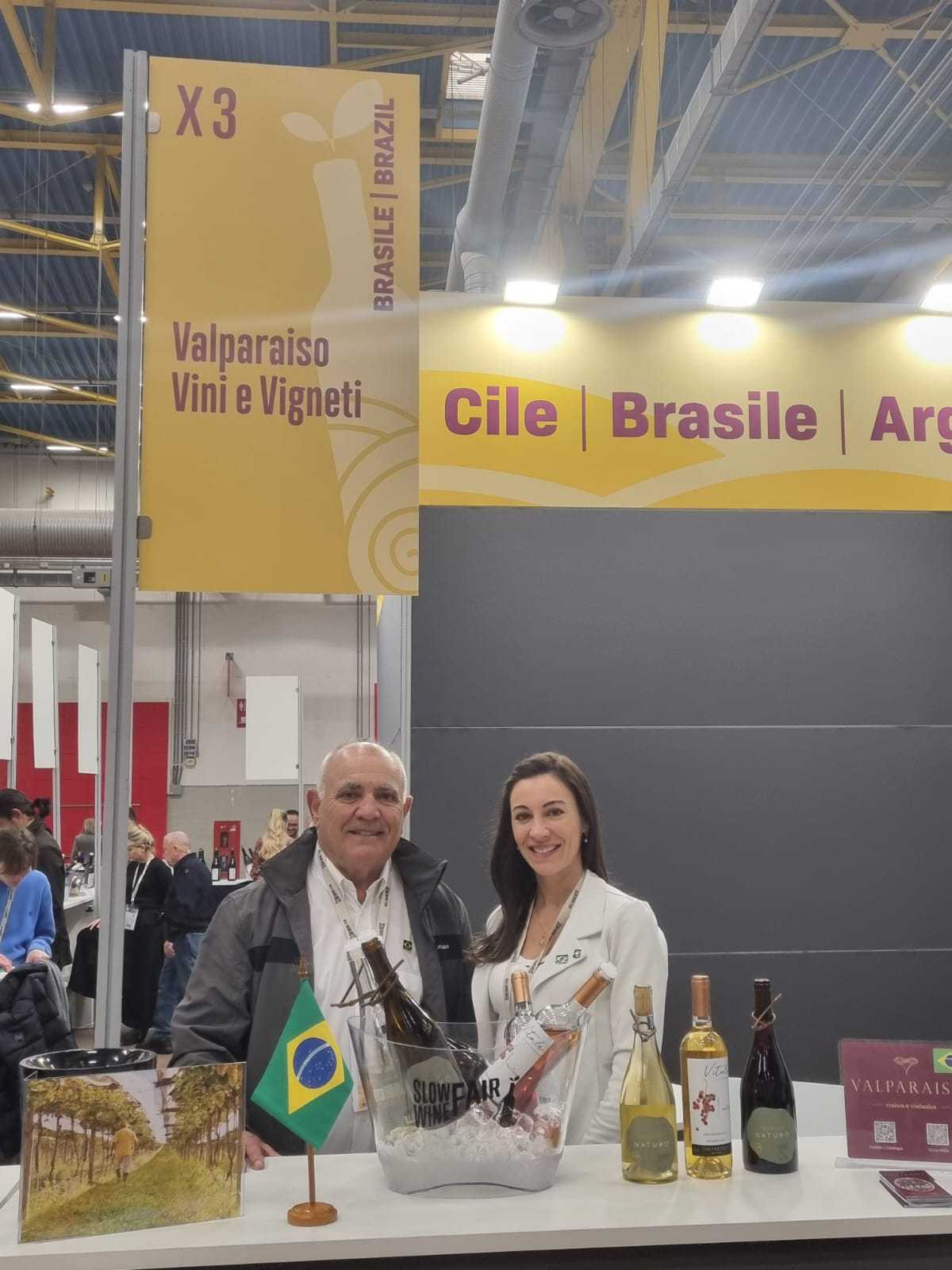Brasilia (Nov. 19, 2020) – The trade balance for Brazilian agribusiness reached a record surplus from January to October this year, with a balance of US$ 75.5 billion.
Exports saw revenues of US$ 85.8 billion, a 5.7% jump compared to the same period in 2019, with a shipment volume of 189.4 million tons, representing an increase of 12.4%. The analysis is performed by the Brazilian Confederation of Agriculture and Livestock (CNA) and is based on data from the Ministry of Finance’s Secretariat of Foreign Trade.
The top-selling products in 2020 were soybeans (US$ 28 billion), fresh beef (US$ 6.1 billion), raw cane sugar (US$ 6 billion), pulp (US$ 5 billion) and soybean meal (US$ 5 billion). These products accounted for 58.3% of the export basket of Brazilian agribusiness in the first ten months.
China remains as the main destination of exports, with a share of 35.8%. The European Union (16.2%), United States (6.5%), Japan (2.4%) and South Korea (2.1%) complete the ranking of the top five markets in the period from January to October.
Exports last October fell by 6.2% compared to the same month in 2019, with total revenue of US$ 8.2 billion and a surplus of US$ 7 billion. The total shipped was 18.1 million tons, down 3.2%. The leading exported product was raw cane sugar (US$ 1.1 billion in value) and China was also the primary buyer of agro products (26.5% of the total).
Dairy – Dairy products were prominent among the products analyzed within the Agro BR Project, an initiative carried out in partnership with Apex Brasil to promote small and medium-sized producers for international trade. Exports stood at US$ 8.5 million in October 2020, 87.5% higher than in the same period last year, largely due to the growth in sales of modified and condensed milk.
Accrued from January to October, there was a 30% bump in revenue (US$ 61.6 million) and 30.6% in volume (26.8 thousand tons), driven by exports of modified milk, powdered milk and sour cream.
Apiculture by-products – The apiculture sector (honey, beeswax, propolis, etc.) posted an increase of 34.7% in exports in value and a 58.6% growth in volume over the first ten months of the year in comparison with the same period of 2019. This variance was driven by a US$ 22 million boost in honey sales. The principal destinations were the United States and the European Union, with respective purchases of US$ 57.1 million and US$ 15.4 million.
See the full trade balance document here (in Portuguese).
CNA Press Office
Telephone: (61) 2109-1419
flickr.com/photos/canaldoprodutor
twitter.com/SistemaCNA
facebook.com/SistemaCNA
instagram.com/SistemaCNA
facebook.com/SENARBrasil


